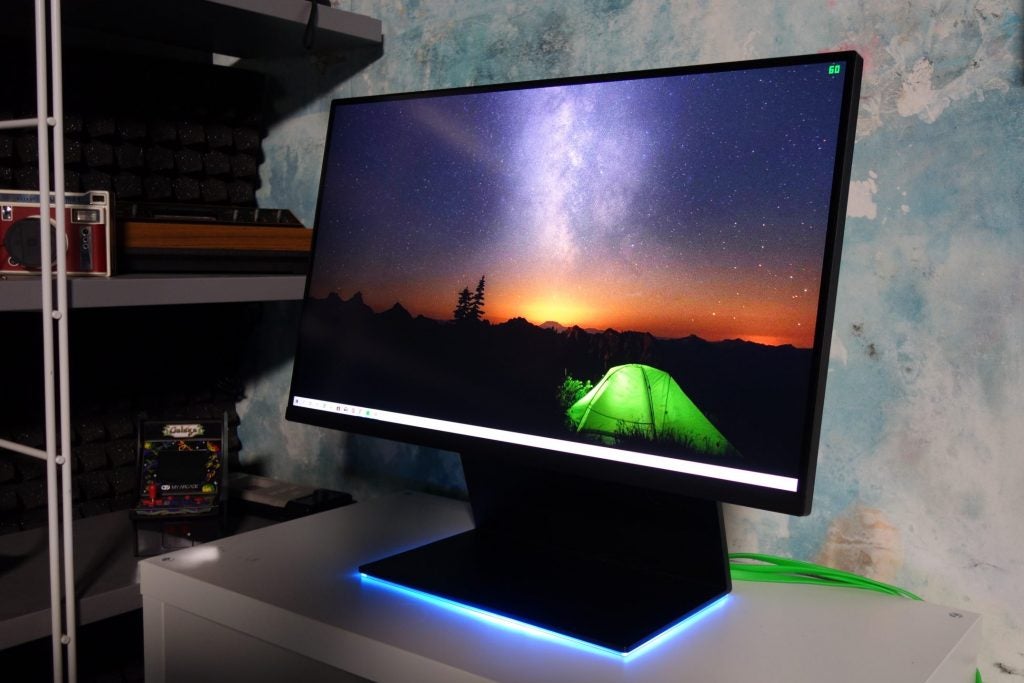There are a multitude of factors that can impact your gaming experience, with input lag being one of the most common issues.
Input lag can be a massive hindrance to gamers, especially for anyone hoping to play competitive titles online. If you want to learn more about input lag and the negative effect it can have on your gaming performance, then make sure you keep reading.
What is input lag?
Input lag is a common issue for gaming PC and consoles, referring to the amount of time it takes for a signal – taken from a keyboard, mouse or gaming controller – to be registered and the resulting action to occur on screen. For example, if you’re playing a game and notice that your character seems to be jumping a few milliseconds after you press the jump button, then you’re likely dealing with input lag.
Input lag can occur for a few different reasons and on several platforms. When using a PC, it’s more likely that you will experience input lag while using wireless peripherals, since wired solutions usually provide lower latency, although that is not always the case in practice and will be influenced by other factors.
Consoles – like the PlayStation 5, Xbox Series X and Nintendo Switch – can also be subject to input lag. This can occur when the monitor or TV is processing too many images at once, resulting in the action input from the player being delayed.
The monitor or TV you’re using will also have an impact on input lag. Certain TVs come with a “Game Mode” that can help alleviate input lag and turning off any reduction features can also help to reduce input lag to make it less noticeable.
Monitors with higher refresh rates and the option to enable VRR (variable refresh rate) can also help with input lag issues. Having a higher refresh rate allows the monitor to refresh what’s on-screen faster, with a 120Hz monitor being able to draw up a new image twice as fast as a 60Hz display. This can reduce the input lag and result in a better experience overall for players.
Why does input lag impact a game’s performance?
Having a low input lag is especially important for gamers. When you’re playing a game there is a very small delay between the action you take on your controller or keyboard and its result on the screen. The smaller the delay, the more accurate your movements are likely to be, making the game feel a lot smoother and more fluid.
Having a high input lag can make gameplay feel a lot more stilted and can be detrimental for online or competitive gamers. If you’re playing against friends online, you will be at a disadvantage if all of your movements are delayed. This is also the case for games that require split-second reactions, such as racing and FPS titles.





